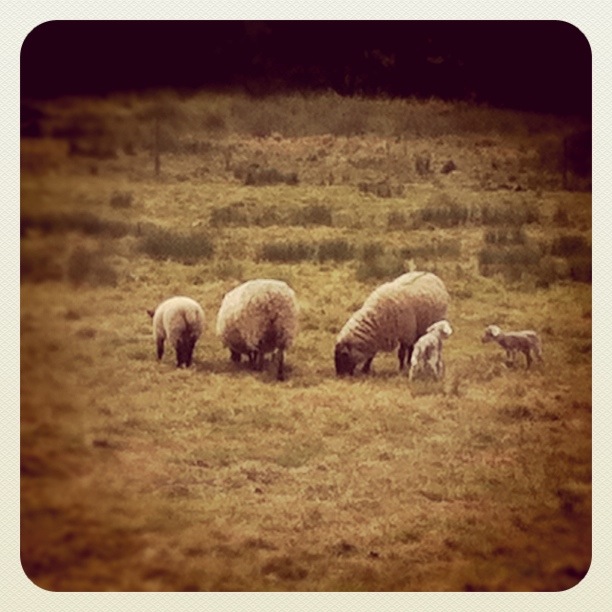I am a of the iPhone app and web service Instagram. You can take great photos with the iPhone 4, but Instagram encourages making art from iPhone photography in a really interesting and fun way. I am by no means a professional photographer, but I do enjoy playing around with what can be achieved with the iPhone’s camera.
More recently, I have found myself using Instagram in a few unconventional ways to get some interesting results.
Using Instagram as a Post-Production Digital Zoom

While the iPhone 4 camera in many ways can be very competitive with many dedicated point and shoot cameras, one notable feature it lacks is an optical zoom. There’s a digital zoom — but I see little point in using it. Digital zoom merely degrades the quality of the photo you are taking — and you lose that quality permanently. If you want to crop the photo to have the effect of digital zoom, you can do that after taking the photo without losing any data.
And that’s what I have found myself doing quite a bit — I will take a photograph of something in the distance using the iPhone’s default Camera app, then enter Instagram, choose the new photo to bring into the app from the Camera Roll, and use the zoom and pan feature to ‘crop’ the Instagram version of the shot. I end up with the original, unfiltered photo in case I want to come back with that, and the cropped and filtered ‘arty’ version in Instagram.
Combining iPhone 4 HDR Photography with Instagram
The iPhone 4’s High Dynamic Range (HDR) feature, introduced shortly after the debut of the device, allows you to capture more of scenes with significant contrast between the lightest and darkest areas of an image. The iPhone’s HDR takes two photos in quick succession — one underexposed, one overexposed — and combines them together.
The results, frankly, are mixed, but there are many occasions where the iPhone 4᾿s HDR works really well to bring the colour of the sky out where it would otherwise be ‘blown out’.
Unfortunately, you can’t use the HDR feature within Instagram’s capture interface, so, again, I find myself using the iPhone’s default camera app to take the source photo, then importing into Instagram later. The result is that you can combine the HDR shot with the filters and other enhancements in Instagram for an even better end result.
Conclusion
These two techniques I have developed might be quite obvious to many people — and could even be described as a bit fiddly, with having to exit and enter different apps. I have found them, however, a really good way to make even more out of a fantastic free app.
If you want to follow my images on Instagram, my username there is peteru.


